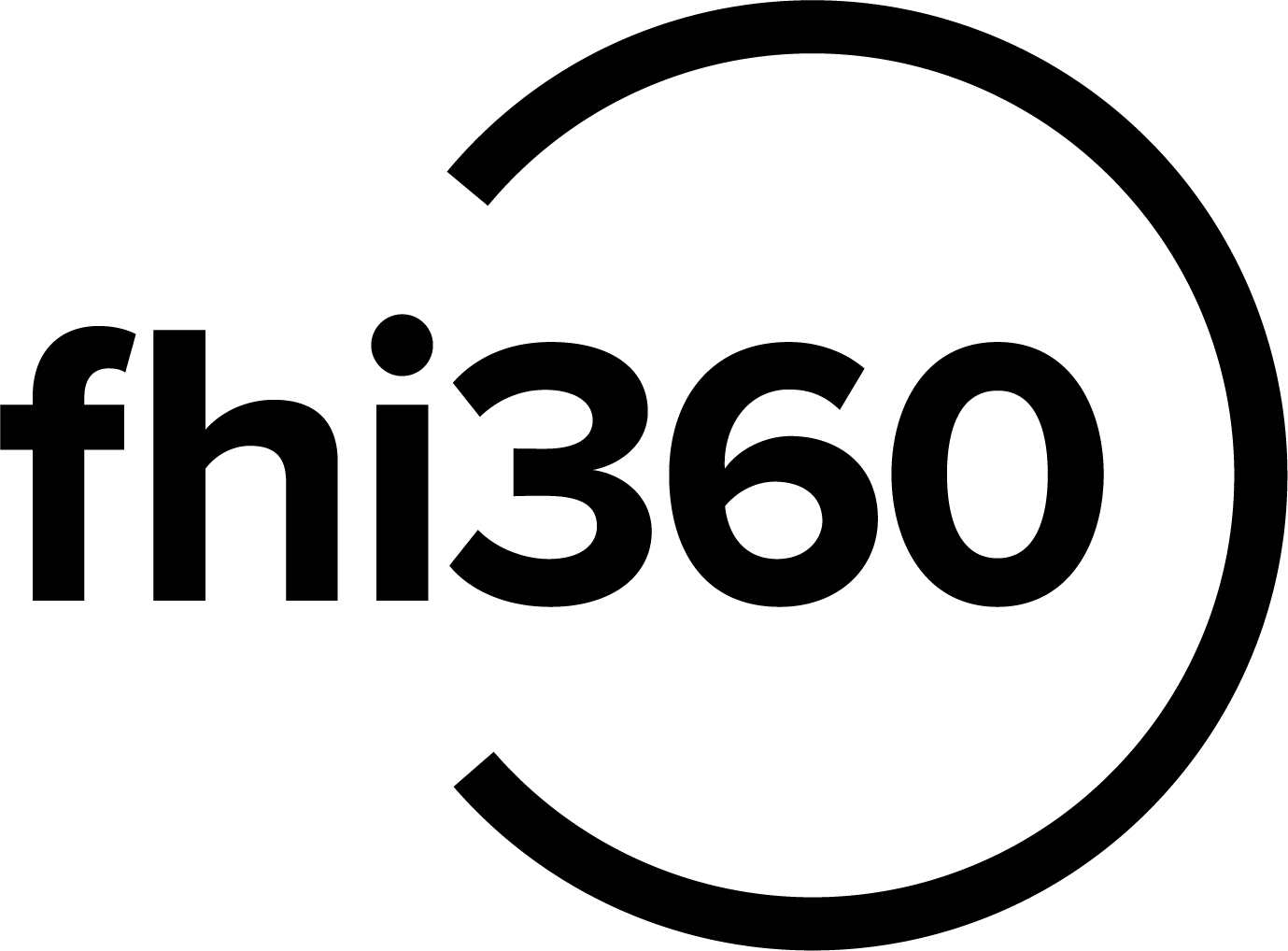Common Metrics
Common metrics are data from existing sources that all REAs use to help measure growth against the key progress indicators for Succeed 2020.
1. What are the common metrics?
Common metrics include the three major indicators of success for the Succeed 2020 initiative (developed by a state-wide planning committee) as well as additional educational data points that help the REAs map and assess progress toward the these major indicators. With support from FHI 360, the metrics were developed by representatives from the REAs and North Dakota state agencies, including the Information Technology Department, Department of Public Instruction, and Department of Career and Technical Education.
Beyond the key Succeed 2020 progress indicators, the common metrics include data points determined through research to be predictors of student success, high school completion, and college access and success.
Common metrics do not assess specific program outcomes. REAs collect data separately on individual program elements to drive continuous improvement.
2. What are the sources of common metrics data?
Most common metrics data are drawn from North Dakota’s Statewide Longitudinal Data System (SLDS). Other sources of data will include the RUReadyND system, the NDUS data system, and Department of Public Instruction progress indicators (e.g., four-year graduation rates).
3. What is reported to the REAs?
Each REA receives a common metrics report prepared by the Information and Technology Department that provides a systematic picture, through text and data tables, of where REA districts stand on critical data points.
Common metrics data are organized in four categories:
- Regional characteristics
- Succeed 2020 outcomes (higher ACT scores, on-time high school and college completion, reduced need for postsecondary remediation, and higher GPA)
- Research-based predictors of high school success
- Research-based predictors of postsecondary success
4. How does the REA use the data?
The common metrics report data serve as the start of an inquiry process. REAs and their member districts examine multiple sources of data to understand: a) which groups of students are doing well and which are not; b) what content and skills are being learned and where students are having difficulty; and c) what specific symptoms or concerns need to improve student performance.




